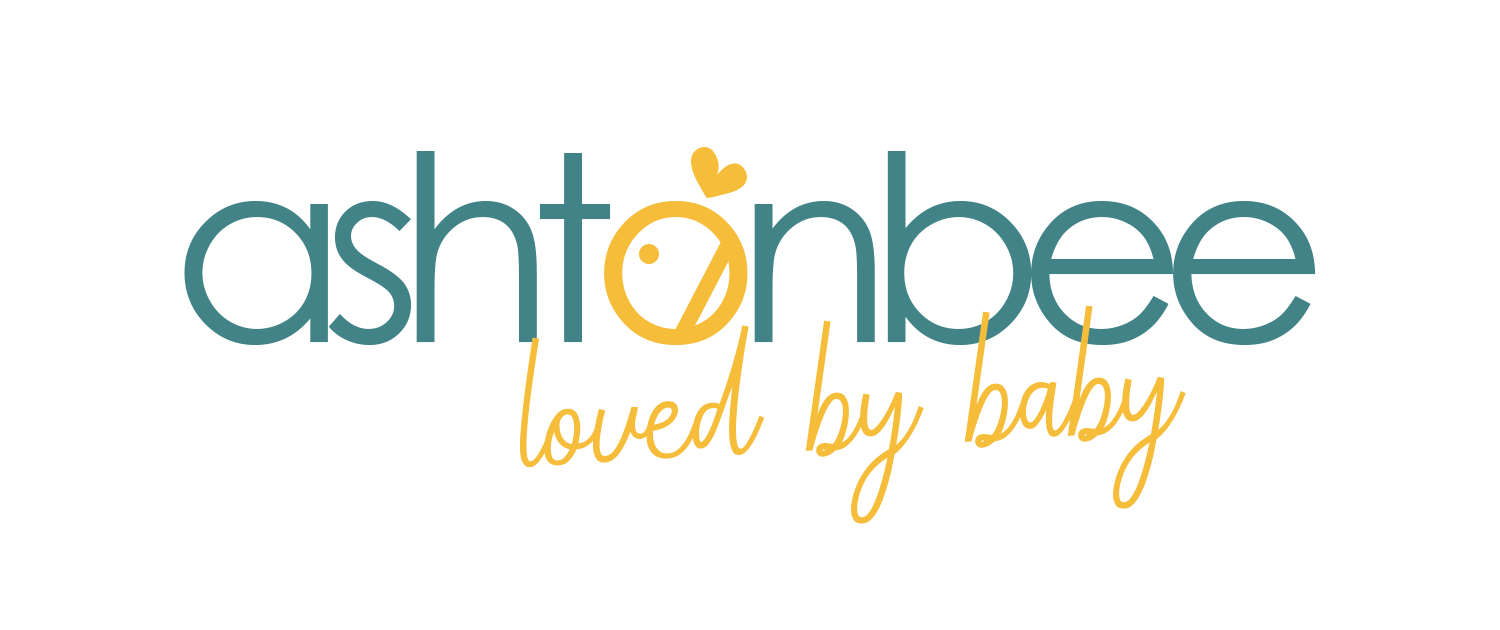
As your little one grows up, there will come a time when they need to transition from the bottle to a sippy cup. While it can be an exciting milestone filled with growth possibilities, it can also be a daunting task for parents to transition from bottle to sippy cup, more so for their little ones.
Let Ashtonbee prepare you for this exciting change. In this article, we will discuss everything you need to know to make the best transitional sippy cups work for both your and your child’s benefit.
The Benefits of a Transitional Sippy Cup
Moving away from bottle feeding to a regular cup is the primary goal of any parent, but this is a significant change for your baby. Naturally, they will resist; sooner or later, you’ll be back to giving them the bottle.
A transitional sippy cup helps ease the move from bottle to open cup. It provides the familiar feel and comfort of a bottle while teaching them how to drink from a cup. It is an essential tool that promotes oral development and helps your baby become independent.
Promotes Self-Feeding
Sippy cups promote self-feeding in toddlers. As children learn to drink from a cup, they also improve their hand-eye coordination and fine motor movement—things they need to help feed themselves eventually.
Encourages Independence
Sippy cups encourage independence in toddlers. As they learn to drink from a cup, they also learn to do things for themselves, such as pouring their drink and knowing when to stop.
Prevents Spills and Messes
Sippy cups prevent spills and messes. They are designed to be spill-proof, preventing the liquid from pouring when babies drink. This also helps regulate the amount of liquid they drink and helps parents manage unnecessary mess.

Factors To Consider When Choosing the Best Transitional Sippy Cup
Selecting the perfect transitional sippy cup can be challenging, with plenty of options available. So here are some essential pointers to keep in mind when selecting the best sippy cups for transitions from a bottle.
Material
The first feature to keep in mind when choosing the best baby sippy cup is the material they are made of. Most manufacturers use either plastic or silicone; each has its pros and cons.
Plastic cups are lightweight, durable, and affordable, but some have hazardous chemicals like BPA. On the other hand, silicone cups are soft, easy to clean, and safe for children but may not be as durable as plastic cups. Weigh your options according to what your baby needs and scope around.
If you choose sippy cups made of plastic, you should look for BPA- and phthalate-free options to ensure your child’s safety. As for silicone, purchase multiples to ensure you have a spare in case one sippy cup gives out.
Size and Shape
The size and shape of the sippy cup are important factors to consider, as this affects your baby’s comfort and satisfaction. Too small a cup means it can only hold a few milliliters which may not be enough for your baby; too big, and the rest of the liquid left inside the sippy cup may spoil.
The best transition sippy cup for milk should hold enough liquid to satisfy your baby’s needs in a single feeding session.
Sippy cups come in different sizes, including small, medium, and large. Before picking one size, consider your child’s age, developmental stage, and drinking habits. A good rule is to choose a small cup if your child is 1–2 years old, while a larger cup may be more appropriate for an older child of 3–6 years old as they tend to drink more fluids.
Easy To Use and Clean
A good sippy cup should be easy for little hands to hold and maneuver, with a secure lid that doesn’t leak. A soft spout sippy cup is an excellent choice as it is soft and comfortable for a baby’s mouth and easy to drink from without too much effort.
It’s also important to find a sippy cup that is easy to clean, with minimal parts to take apart for easy washing. A spill-proof sippy cup is an excellent example since it only has a few parts and is top rack dishwasher-safe.
Storage
Storage is important for parents as it affects cleanliness, organization, and access to our baby’s items. The types of sippy cups you choose will need various storage methods. For example, straw sippy cups usually have a built-in plastic straw protruding at the top and can only be stored upright. Training cups are often open and can be stored bottom up or stacked.
Take note of the cup’s size and shape for storage purposes. Ideally, you want a sippy cup with a spout that is stackable or has a compact shape. This design is ideal for saving space in your diaper bag or kitchen cabinets. It’s also important to balance storage needs with a sippy cup that fits your child’s needs and your lifestyle to make mealtime easier for everyone.
Lid
Sippy cups come with different types of lids, including snap-on, screw-on, and straw lids. Snap-on lids are easy to use and clean, but they may not be as secure as screw-on lids. Screw-on lids provide a secure fit but may be challenging for some children to open and close. Straw lids are ideal for older children who have mastered drinking from a cup but still require a spill-proof lid.
When it comes to the choice of lid, especially for babies, reserve open and straw cups for later use. If your little one is transitioning from a bottle nipple, go with a soft spout as their first sippy cup, then move slowly towards a straw cup, then a regular cup.
Design
The final factor to consider is the design of the sippy cup. Sippy cups come in various designs, including character-themed, bright colors, and transparent. While design may not be the most critical factor, it can help to choose a cup that your child is attracted to and will be more likely to use.
As mentioned in other sections, there are several aspects of sippy cup design that are critical and should affect your choice. Factors such as size, shape, ease of use, cleaning, and storage methods are some of the things that design can affect. Ideally, you’ll want to choose a sippy cup with simple design features as they are more efficient to use.

Preparing Your Baby for the Sippy Cup
Now that you have the knowledge of the factors to consider when choosing the right training cup for your child, let’s dive into preparation. The main challenge is getting your child to use your sippy cup of choice to transition them from bottle feeding. So before introducing the sippy cup, you can help slowly ease your baby by following these steps.
Let Your Baby Explore
Let your baby explore the sippy cup on their own before introducing it as a drinking tool. Grab the empty sippy cup, place it in front of them, and let their curiosity take care of the rest. By letting them play around with the sippy cup, you allow them to get familiar with the cup’s size, shape, and texture in a less invasive, more fun context.
Demonstrate How To Use the Cup
Once they get to know the sippy cup a little bit, teach them how it works. Show your baby how to use the sippy cup by demonstrating how to tip it back and drink from the spout. Hand them back the sippy cup and let them imitate your actions. Repeat your demonstration until your child copies how you do it. This will train your baby on how they should use the cup.
Start With Water
After they form the habit of putting the spout in their mouth and making the drinking motion, you can start adding liquid. Add a few milliliters of water into the sippy cup, and let them drink it.
This may surprise them at first, so expect that they may hate it, or they may continue to drink and reward themselves. Starting with water will help them get used to the cup and avoid the risk of choking on milk.
Introduce It During Meals
To balance your baby’s training for the sippy cup and their liquid intake, offer the sippy cup only during mealtime. Apart from balance, offering the sippy cup only when it’s time to eat will make them more receptive to drinking from it.
Wean Your Baby Off the Bottle
After they get used to drinking from the sippy cup, wean them off the milk bottle. For example, if you’re only using a sippy cup during lunchtime and a milk bottle for the rest, substitute the sippy cup during dinner time as well. Weaning your baby slowly is a crucial step towards their eventual transition to regular cups.
Get the Best Transitional Sippy Cups for Your Baby
Selecting the best transitional sippy cup for your baby can take time. However, by keeping in mind the essential factors discussed in this article and combining it with best practices to prepare your child for the transition, you are now ready to get the best sippy cup and practice the suitable methods of helping your child make the switch.
Remember, a transitional sippy cup is an important tool that helps your baby become independent and promotes oral development. Be patient and use the right sippy cup.
If you want more tips and advice on caring for your baby and helping them grow, explore our website. If you’re curious about getting the best transitional sippy cup, you can check out our collection of baby essentials here.



